The NavVis VLX is no ordinary indoor scanner. It is the world’s most accurate wearable mapping device with simultaneous mapping and localization (SLAM) technology. Fast, precise and compact, operators can efficiently capture built-in indoor data for visualization in the AEC industry and elsewhere.

NavVis industrial designers Sarah Godoj and Nils Christensen were responsible for developing this disruptive hardware device.To accomplish this difficult task, they used3D printingA rapid prototyping way to test and refine your own designs.
What was the result?pass through
Ultimaker
Device print verification – the ideal balance between precision, accessibility and ergonomics. “It’s an amazing feat of engineering from our team,” Niels said. “If you want, you can go hiking with the NavVis VLX.”
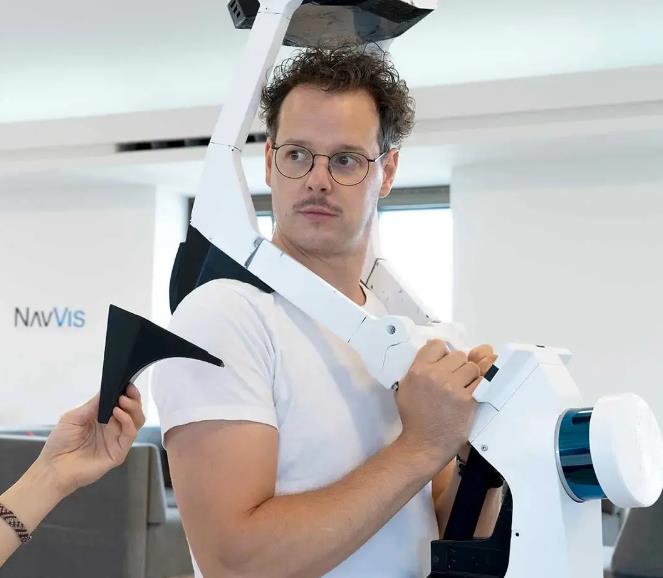
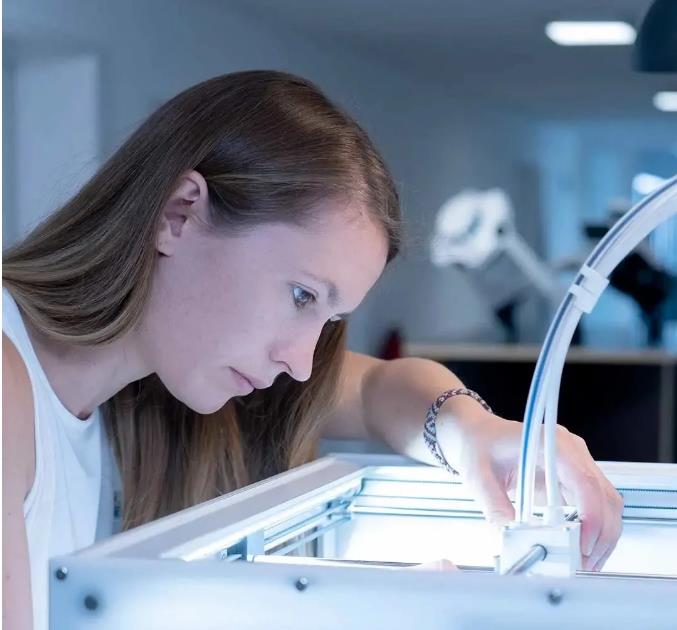
Sensor first test
Based in Munich, Germany, NavVis is focused on developing the next generation of mapping technology capable of accurately mapping indoor spaces. Given that the accuracy of the wearable NavVis VLX system must compete with terrestrial solutions, the sensor location of the scanner will be a top priority for designers.
After several iterations, the team worked on an innovative design that combines two multilayer LiDAR sensors with four high-resolution cameras. Together, they measure and map a 360-degree view of the interior space – mounted at the ideal distance above the operator’s head, keeping the operator out of sight while enabling the user to see everything in the environment.
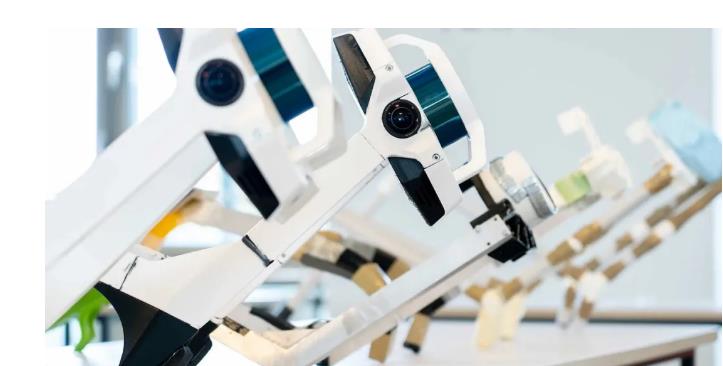
However, after the basic concept was settled, the designers quickly realized that they also wanted to differentiate the NavVis VLX from other wearable scanners by not requiring anything to be worn on the user’s back. To avoid users bumping into anything in tight spaces.
Sarah explained: “We also use alternatives such as wood and cardboard, but3D printingcloser to the final design, we did not consider any other factors, because there is no3D printingBetter alternatives. “
Everything is within reach
Ensuring that every user interaction is easily accessible is a unique and complex challenge. The touchscreen in particular requires a lot of iteration, it has to be in view, but still requires the user to see the floor to find ground control points and avoid hazards.
With so many variables to find the best display angle and position, the team once again resorted to3D printing, to more accurately verify their ideas.will3D printingAngled PVC pipes are connected to test the configuration as quickly as possible.PVC pipe can be easily cut to any length, leaving only the3D printingconnection angle.
“We wanted to have precise angles to really validate CAD,” Nils said. “That means it’s the perfect combination of rapid prototyping and real-world precision.”
With this technology, the team is also very familiar with Ultimaker 3D printingdimensional accuracy inside the machine.Although all3D printingBoth shrink less as the material cools, but they solved the shrinkage problem by printing multiple connectors, each spaced 0.1 mm apart.
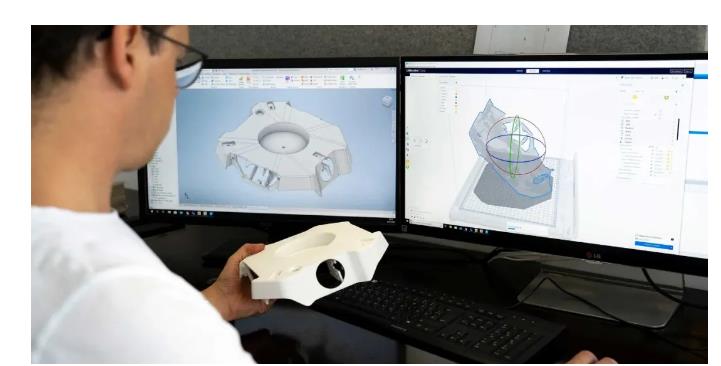
Create the most ergonomic experience
“Creating a device that fits the human body presents a lot of challenges,” explains Sarah. “However, using3D printing, we can make multiple iterations to achieve the best combination of size and weight. “
The team’s goal was to create an ergonomic experience that would make users feel like they were carrying a backpack on their chest.They packed water-filled bottles into rough wooden and3D printingshape to simulate that weight. If any of the test users felt uncomfortable, Sarah and Nils knew they needed to adjust.
Especially necessary for shoulder pads. To find the best design, the team, tweaked the settings in Ultimaker Cura to create a quick “draft” print before going to the detailed print. This approach ensures that the shoulder pads are comfortable for anyone without slipping the NavVis VLX off.

Another ergonomic challenge is the safe storage of the device in a transport case that a single user can carry around and quickly install on site. For this, a folding device will be required. But where should the NavVis VLX fold securely to minimize bulk?
Likewise, industrial designers use3D printingto validate the CAD model.They leave holes in the arms and use long screws to insert3D printingTemporarily fixed them.
Rapid Prototype Iteration During COVID-19
In order to achieve rapid product iteration, the main output devices the team relies on are the Ultimaker 2+ and Ultimaker S5.
Also thanks to the reliability of the printer, Sarah and Nils developed a 24-hour iteration cadence that allowed them to test new ideas as quickly as possible:
You can hit “print” on Friday, go home on the weekend, and come back on Monday to print it out.
Of course, when COVID-19 forced most designers to work from home, their workflow had to change.For this, they rely on Ultimaker S5 and Ultimaker Digital Factory remote3D printingFeatures.
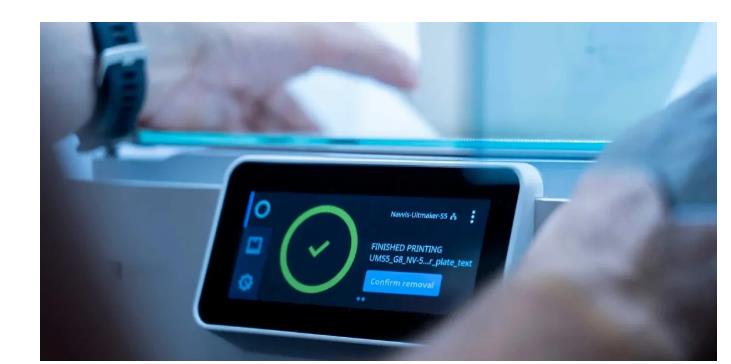
They were able to monitor print jobs in real time and just ask someone in the office, “Can you take the print off and press ‘confirm?'” To avoid changing consumables mid-print, they also set up a second webcam to monitor the spool . This way, they are able to quickly iterate on their products regardless of pandemic restrictions.
“We’ve always thought that3D printingThe machine is a bit complicated, but the Ultimaker is really a solid and easy-to-use solution. ”
This ease of use shows in: Although the team consists of 15 designers and mechanical engineers, everyone cuts the parts into pieces3D printingModel files, and “no one is really afraid to touch Ultimaker”.
keep improve
Since NavVis builds the scanner to order, the design team will continue to use it3D printingto iterate and improve its product. Nils revealed:
In every development step, 80% of the time, we first pass3D printingInstead of metal blocks to make the parts, as you can imagine, this is a real cost saving.
Nils and Sarah continue to perfect their3D printingProcess. Thanks to Ultimaker’s open filament system, they are contributing to NavVis’ sustainability goals by increasingly printing with recyclable materials.
In this way, they’re helping NavVis build a better world – and better indoor scanners.
(responsible editor: admin)


0 Comments for “NavVis rapidly iterates wearable scanners with 3D printing technology”